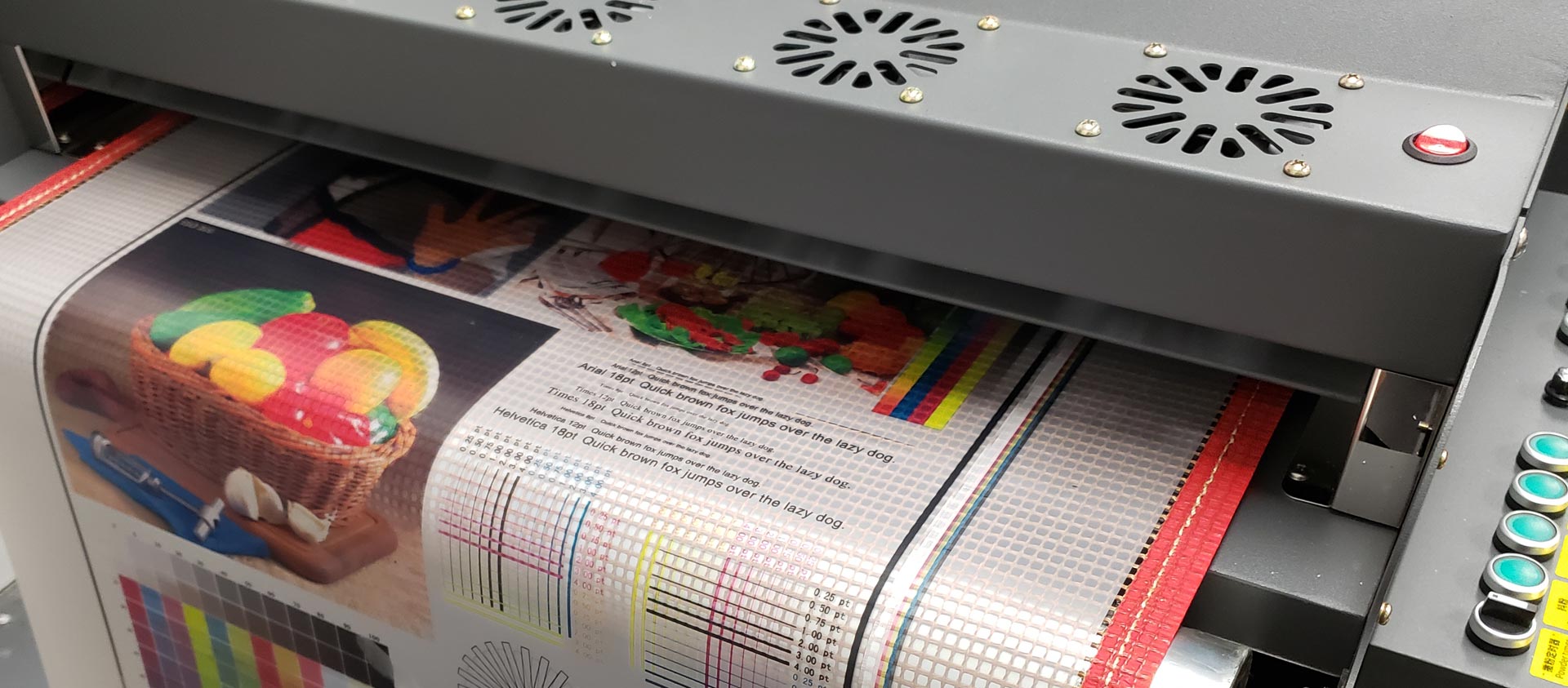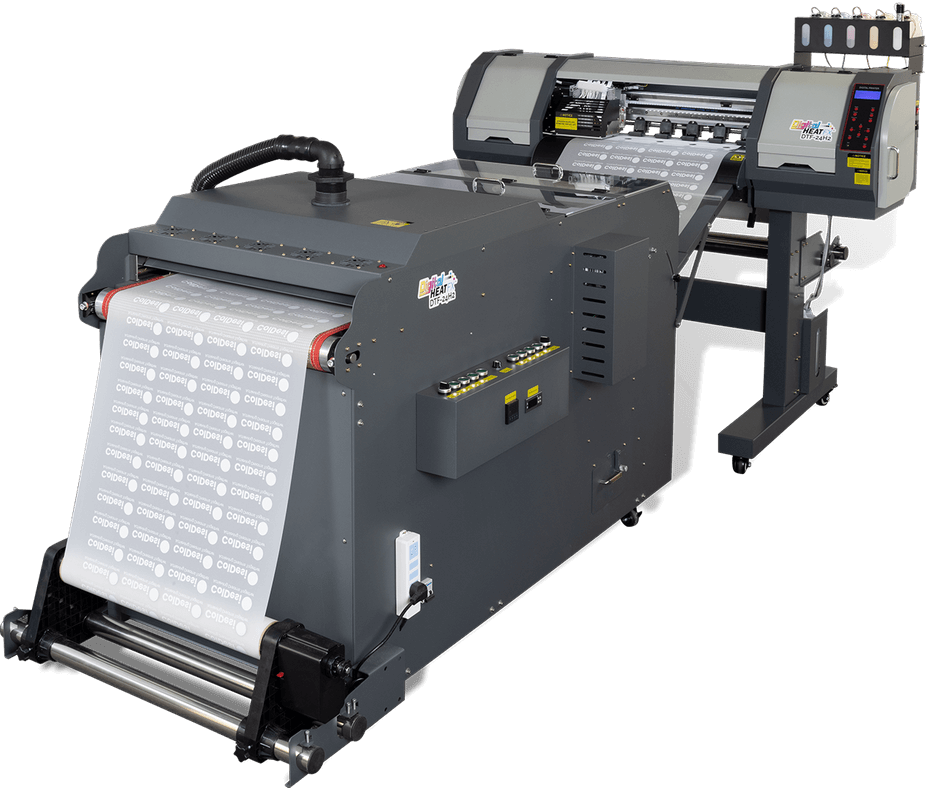The Future of Style: Checking Out DTF Printing Innovation in the Textile Industry
In recent times, the fabric market has actually experienced a significant shift towards ingenious innovations that are reshaping the landscape of style manufacturing. Amongst these improvements, Straight to Film (DTF) printing technology has arised as an appealing contender, using one-of-a-kind abilities and chances for developers and manufacturers alike. This advanced printing technique has actually triggered passion because of its prospective to transform typical textile printing processes. As we look into the implications and possibilities of DTF technology in the world of style, it comes to be apparent that its combination might redefine industry standards and lead the way for a brand-new period of creative expression and performance.
Advancement of Fabric Printing
Throughout history, the evolution of textile printing has actually been a testament to the innovative improvements in this detailed art kind. From the old people making use of methods like block printing to the digital transformation of today, textile printing has continuously pushed borders. The origins of fabric printing can be traced back to China around 220 AD, with the usage of wood blocks to publish on silk fabrics. As the craft spread to other components of the globe, new approaches such as screen printing and roller printing arised during the Industrial Revolution, transforming the fabric market - DTF Printing.
In the 20th century, improvements in innovation caused the growth of rotary screen printing, permitting faster and much more elaborate designs. The introduction of electronic fabric printing in the late 20th century noted a significant shift towards even more sustainable and versatile printing techniques. Today, with advancements like Direct-to-Fabric (DTF) printing technology, designers can create dynamic, in-depth prints with higher efficiency and decreased ecological effect. The advancement of textile printing showcases an abundant background of imagination, resourcefulness, and technical progression in the world of fashion and design.
Advantages of DTF Innovation
With the evolution of fabric printing strategies from old approaches like block printing to contemporary developments such as electronic printing, the intro of Direct-to-Fabric (DTF) innovation has actually dramatically enhanced the effectiveness and sustainability of textile printing processes. Among the primary advantages of DTF technology is its capability to straight print layouts onto material without the requirement for transfer documents, which reduces waste and simplifies the manufacturing process. Furthermore, DTF printing permits for better color vibrancy and information accuracy contrasted to traditional approaches, enabling fabric suppliers to produce high-grade and complex styles with simplicity.
Moreover, DTF modern technology is recognized for its flexibility, as it can be used on different kinds of textiles, including natural fibers like woollen, silk, and cotton, as well as artificial materials such as polyester and nylon (DTF Printing). This flexibility opens a large range of possibilities for makers and developers to trying out different textures and products, resulting in more cutting-edge and one-of-a-kind items in the fashion business. On the whole, the application of DTF modern technology stands for pop over to this site a substantial development in textile printing, providing various advantages that add to the future sustainability and creativity of the market
Sustainability in vogue Manufacturing
Emphasizing environmentally friendly techniques is paramount in contemporary fashion production, lining up with the expanding customer need for sustainable products. Over the last few years, the garment industry has actually dealt with boosting examination because of its substantial environmental influence, consisting of too much water usage, chemical air pollution, and fabric waste. As a response, many fashion brand names are now incorporating lasting practices right into their manufacturing procedures to lessen damage to the atmosphere.
Sustainability in style manufacturing incorporates different aspects, such as making use of recycled and natural materials, lowering energy consumption, applying honest labor techniques, and advertising openness throughout the supply chain. Additionally, improvements in modern technology, like DTF printing, deal chances to better improve sustainability in fabric manufacturing. This technology allows precise printing on textiles, lowering ink wastefulness and water use compared to standard printing techniques.
Style Liberty and Customization

Furthermore, DTF printing promotes customization on a scale previously unattainable, enabling for personalized apparel and one-of-a-kind pieces customized to individual choices. Generally, DTF printing innovation reinvents the style landscape in the fabric industry, providing endless opportunities for creative expression and personalized fashion.
Effect On Supply Chain & Market Trends
DTF printing technology in the textile sector is reshaping supply chain characteristics and influencing market patterns through its effectiveness and modification abilities. By enabling on-demand printing and getting rid of the demand for big stocks, DTF technology improves the supply chain process.
Furthermore, the customization capacity of DTF printing innovation is revolutionizing the market patterns in the textile industry. As a result, DTF innovation is driving a you can look here shift towards even more innovative and customer-centric techniques within the textile sector, shaping the future of style.

Conclusion
In verdict, DTF printing technology is transforming the textile market by providing various benefits such as style sustainability, liberty, and personalization. This innovative innovation is reshaping the future of fashion production, affecting supply chains, and driving market patterns in the direction of more effective and environmentally friendly methods. As the sector remains to evolve, DTF printing will play an essential duty fit the way textiles are produced and eaten in the years ahead.
From the ancient human beings using strategies like block printing to the digital transformation of today, fabric printing has actually continuously pressed borders. As the craft spread to various other components of the world, Read More Here new approaches such as screen printing and roller printing emerged throughout the Industrial Revolution, revolutionizing the textile sector.
The introduction of digital textile printing in the late 20th century marked a substantial change in the direction of even more versatile and lasting printing methods.With the development of textile printing strategies from old methods like block printing to modern technologies such as digital printing, the intro of Direct-to-Fabric (DTF) modern technology has dramatically enhanced the efficiency and sustainability of textile printing processes (DTF Printing).In feedback to the vital change towards sustainability in fashion manufacturing, the adoption of innovative technologies like DTF printing not only addresses ecological problems but also opens up opportunities for unparalleled layout freedom and personalization in the fabric market
Comments on “DTF Printing Demystified: Every Little Thing You Required to Learn About Direct-to-Film”